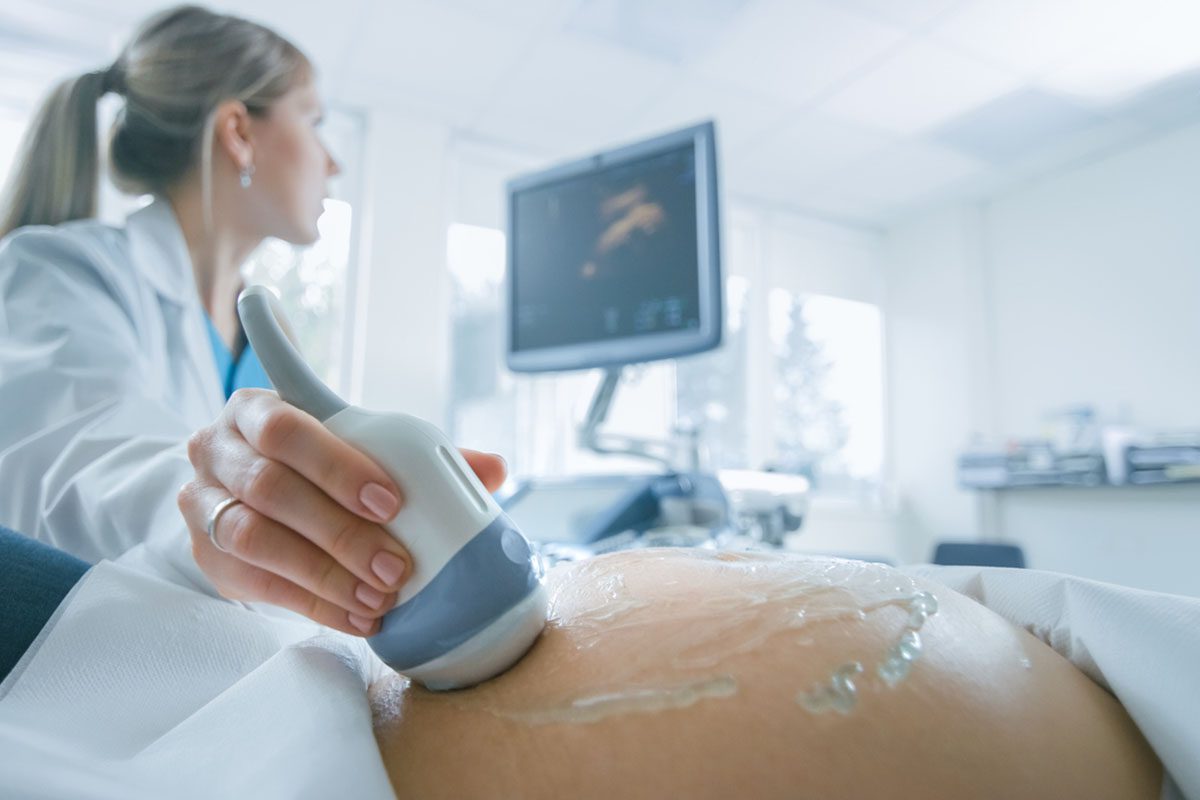J Clin Psychiatry 2022;83(6):22lr14566
To cite: Tastenhoye C, Amin P, Inhoff A, et al. Valproate prescribing practices in individuals of childbearing age at a tertiary care women’s hospital. J Clin Psychiatry. 2022;83(6):22lr14566.
To share: https://doi.org/10.4088/JCP.22lr14566
© 2022 Physicians Postgraduate Press, Inc.
aUniversity of Pittsburgh Medical Center, Pittsburgh, Pennsylvania
*Corresponding author: Camille A. Tastenhoye, MD, 3811 O’Hara St, Pittsburgh, PA 15213 ([email protected]).
See reply by Andrade, article by Andrade et al, and editorials by Freeman and Goldberg
To the Editor: We read with interest Andrade and colleagues’ recent JCP article, “Use of Valproate in Women: An Audit of Prescriptions to 10,001 Psychiatry, Neurology, and Neurosurgery Outpatients”1 and applaud their attention to this important topic. We would like to highlight opportunities in inpatient settings to address this issue and present data from a needs assessment done at our institution.
As Dr Andrade’s group outlines,1 valproate is prescribed for seizure prophylaxis and mood stabilization. Valproate exposure in pregnancy is associated with a several-fold increase in neural tube, cardiac, skeletal, and limb defects and higher risk of developmental delays in offspring.2 Best practice guidelines caution prescribing valproate to women of childbearing age, with recommendations including negative urine pregnancy test (UPT) prior to initiation, discussion and prescription of contraception, discussion of reproductive intentions and risk, and folate supplementation.3 Psychiatrists working in perinatal settings are well-versed in risk-benefit conversations for teratogenic medication use and can ensure that these critical conversations occur.
Methods. Our institution’s Quality Research Committee approved this study. Our sample is from a pharmacy database of a tertiary care women’s hospital and consists of all women aged 12–52 years who received valproate during medical admission from January 1, 2019, to December 31, 2019. The electronic medical record was manually reviewed, and extracted data included primary service, valproate indication, UPT result, current contraception, folate coprescription, presence of a psychiatric consultation, and documented discussion with the patient of valproate teratogenicity.
Results. Seventeen encounters were identified for 15 unique patients. Documented indications for valproate use included bipolar disorder (7/15), seizure disorders (7/15), and termination of migraines (2/15). The home dosage of valproate was continued in 14 encounters. Six encounters had a documented negative UPT. Three patients were pregnant. One patient was prescribed high-dose folate prior to admission; the other 14 patients had no documented folate supplementation. There were no documented risk-benefit discussions. Primary care teams included a range of medical and surgical teams. One patient had a psychiatric consultation.
This study shows opportunities for improvement in valproate prescribing practices at a tertiary care women’s hospital in the United States, a finding consistent with prior studies.4 Andrade and colleagues’ work was done in India, illustrating that concerns with valproate prescribing are a salient global issue. This care gap was present across different specialties. Psychiatry was consulted for only 1 patient, though 7 patients had psychiatric indications for use. Involving psychiatry teams in inpatient hospital settings could optimize care through primary team education.
Physicians would benefit from additional education about the risks of valproate use in women of childbearing age and best practice standards on reproductive counseling, testing, and contraceptive and folate coprescribing. Access to contraception, UPTs, and folate may be limited in developing nations, so we recommend thoughtful consideration of safer alternatives for women of childbearing age.
Published online: October 12, 2022.
Relevant financial relationships: No author has relevant financial relationships to disclose.
Funding/support: The authors have no financial support to disclose and have received no specific assistance.
References (4)

- Andrade C, Jyothi SA, Renitha T, et al. Use of valproate in women: an audit of prescriptions to 10,001 psychiatry, neurology, and neurosurgery outpatients. J Clin Psychiatry. 2021;83(1):21m14023. PubMed CrossRef
- Jentink J, Loane MA, Dolk H, et al; EUROCAT Antiepileptic Study Working Group. Valproic acid monotherapy in pregnancy and major congenital malformations. N Engl J Med. 2010;362(23):2185–2193. PubMed CrossRef
- Harden CL, Meador KJ, Pennell PB, et al; American Academy of Neurology; American Epilepsy Society. Practice parameter update: management issues for women with epilepsy—focus on pregnancy (an evidence-based review): teratogenesis and perinatal outcomes: report of the Quality Standards Subcommittee and Therapeutics and Technology Assessment Subcommittee of the American Academy of Neurology and American Epilepsy Society. Neurology. 2009;73(2):133–141. PubMed CrossRef
- Gotlib D, Ramaswamy R, Kurlander JE, et al. Valproic acid in women and girls of childbearing age. Curr Psychiatry Rep. 2017;19(9):58. PubMed CrossRef
This PDF is free for all visitors!




